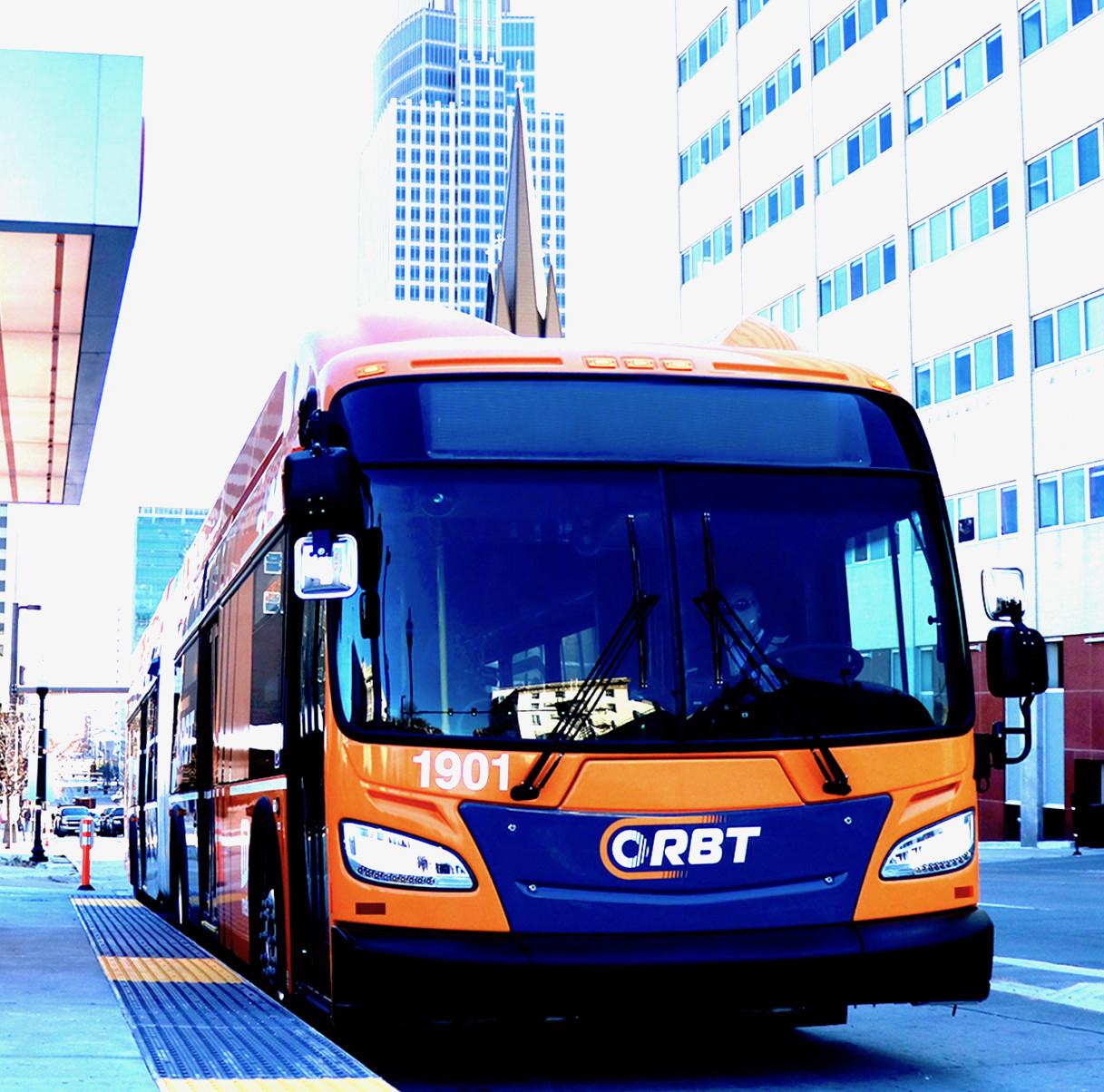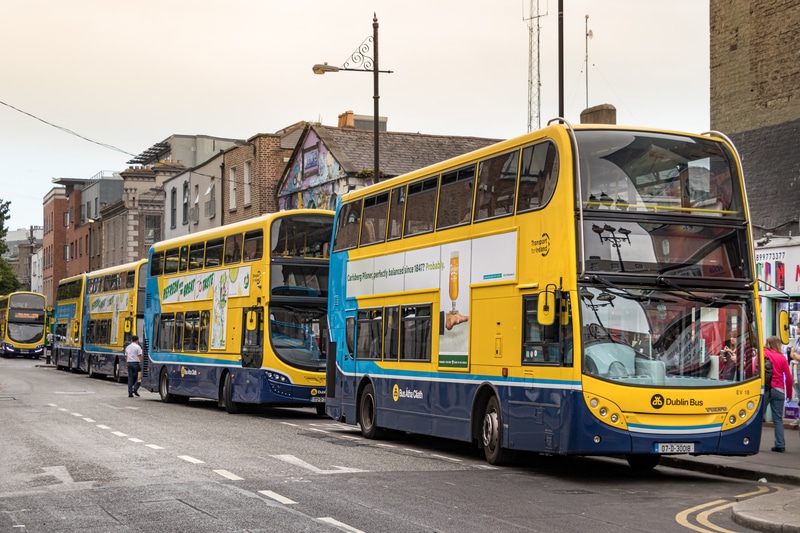
Article Highlights
With its new platform play, Umo, Cubic Transportation Systems–known for large bespoke fare-collection systems for transit authorities in major cities–seeks to stay competitive in an evolving market. That includes promoting a SaaS ticketing platform targeting small to mid-tier agencies.
Cubic had found itself losing potential business for small to mid-tier agencies to such SaaS ticketing providers as UK-based Masabi and U.S.-based Token Transit, each of which has enabled more than 100 transit agencies—most in North America, but including some in Europe and beyond for Masabi.
• Cubic
• Masabi
• Token Transit
U.S.-based Cubic Transportation Systems has announced contracts with two more small U.S. transit agencies to move to Cubic’s Umo ticketing platform, as the large automated fare-collection system vendor seeks to broaden its market reach.



















